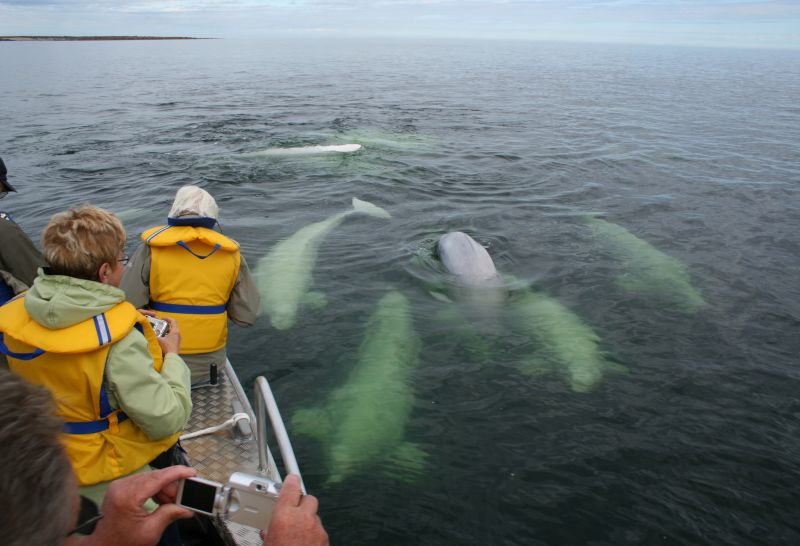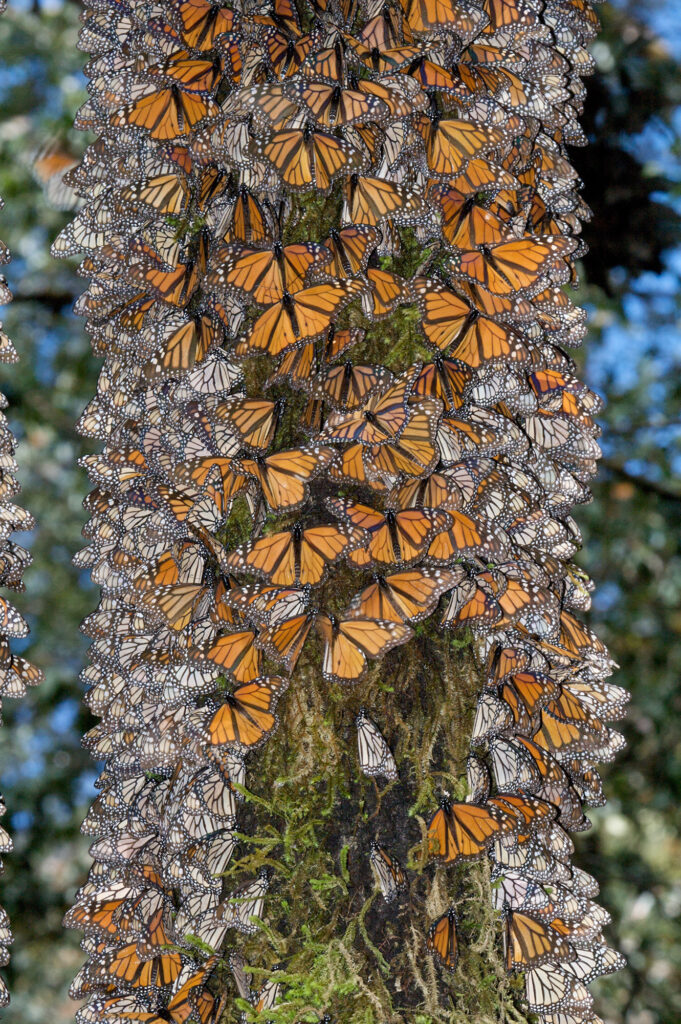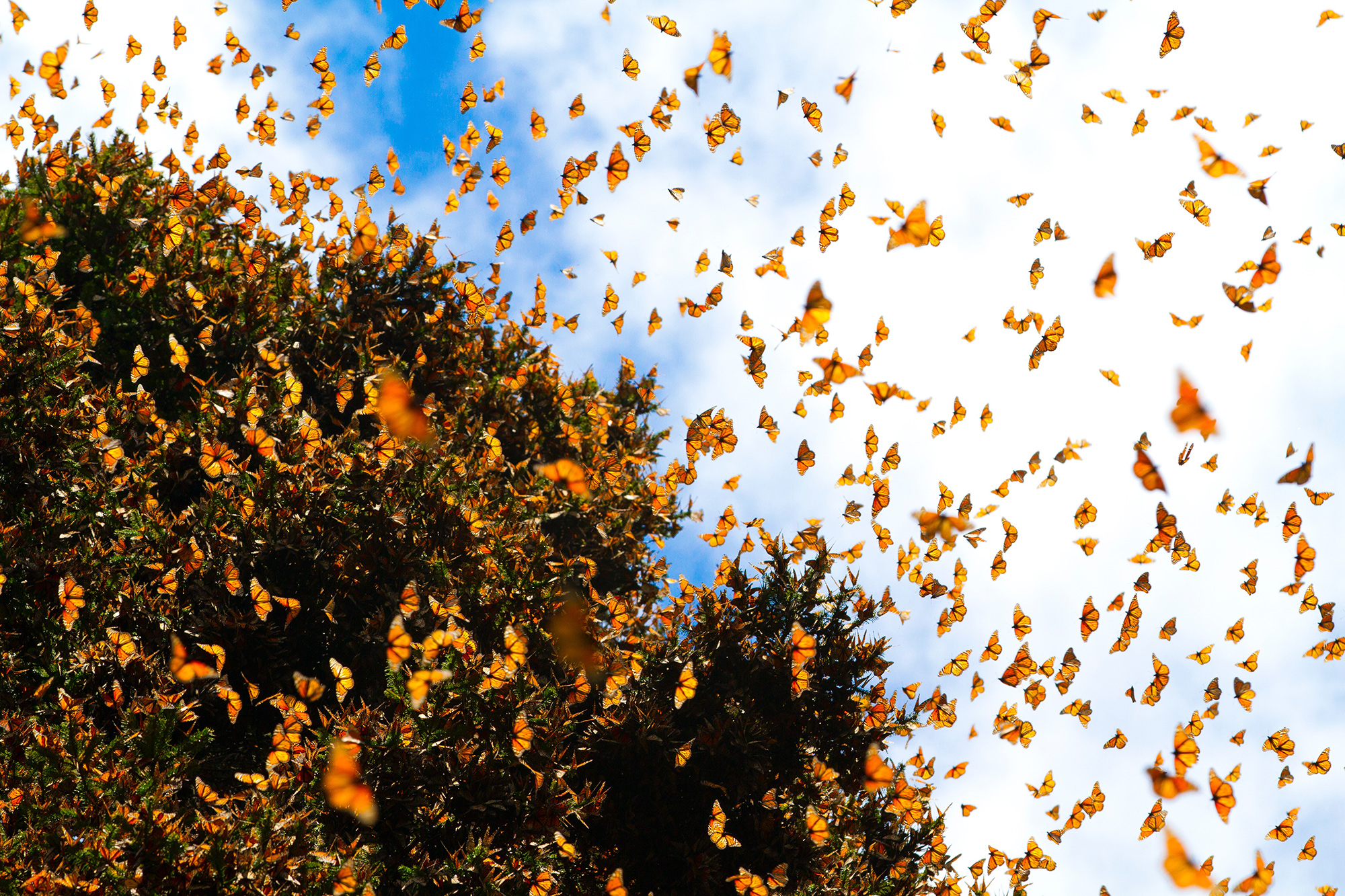My name is Emma Gagne, and I’m currently taking the course “Wildlife & Society,” where we examine the history of human relationships to wildlife. Lately, we have been talking about how you can connect with wildlife through tourism and aesthetic appreciation of them. Given the opportunity to travel anywhere in the world to participate in wildlife tourism, these are the places I would go, and think you should go, too!


Beluga Whale migration on the Hudson Bay Coastline
From mid-June to December along the Hudson Bay coastline in Canada, almost 50,000 Beluga Whales move through to complete their migration. Many companies conduct kayaking trips in the area, so that you can be in the water right along side these gentle giants. Belugas are known to be gentle and curious, and will often swim right up to kayakers! For me, this would truly be an emotional and thrilling experience – be in the arctic surrounded by these giant creatures, and you can even interact with them by singing. Many people who have made the trek before noted that singing in their kayaks encouraged the Belugas to come closer, and one of my biggest interests is animal communication so this would be an incredible experience for me.


Monarch Butterfly Migration in Mexico
This iconic species carries out one of the most extensive continental journeys known in the animal kingdom. Each fall, they migrate from the US and Canada to overwintering sites in Mexico, where billions (literally!) of butterflies rest together until they can return to the north in the spring. They come together in isolated high-altitude fir forests, where organizations such as the Florida Museum, have set sanctuaries for people to visit and observe the amazing phenomenon. As seen in the picture to the left, they often roost in large groups, only leaving to drink water from a nearby stream. The most fascinating part about this migration, for me, is that the butterflies that first left the north reproduce offspring along the journey, so that the butterfly that arrives in Mexico is actually the granddaughter or great-granddaughter of that first butterfly that started the migration. Without any prior knowledge of these migration sites, the butterflies just know where to go. This is truly a fascinating feat of science and wildlife – traveling over 3000 miles to place that you’ve never been before. With that said, this is certainly something everyone should experience!


Emperor Penguin Colonies in Antarctica
Emperor penguins, the largest and heaviest penguins, are comical flightless birds. They are well-known for their large colonies of individuals, where pairs meet up to breed and rear young. These animals are truly fascinating for their intricate courtship displays, and the paternal care of the egg as the mother leaves for weeks at a time to feed. In the Antarctic, conditions are quite severe. Emperor penguins are adapted for this weather due to fat layers and by huddling in this giant colonies! You can sign up on Wildlife Worldwide for their Emperor Penguin itinerary, where you visit the colonies for multiple days by helicopter. Besides these colonies being truly fascinating displays of large groups of wildlife, they’re also just plain cute and comical to look at, especially the babies. Click the link below to find out how you can visit!
Hi, this is a comment.
To get started with moderating, editing, and deleting comments, please visit the Comments screen in the dashboard.
Commenter avatars come from Gravatar.